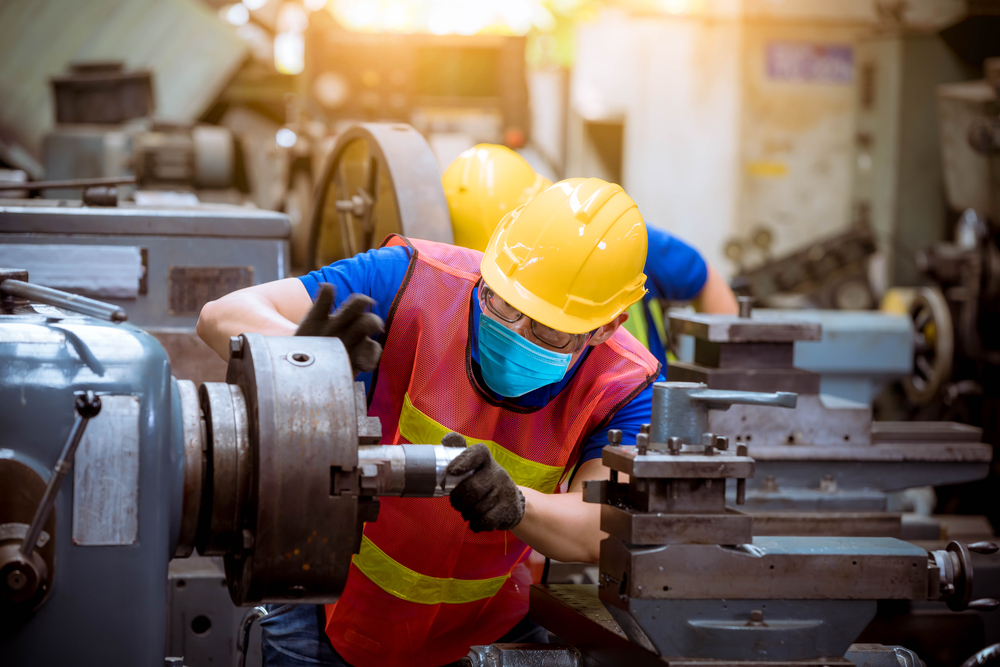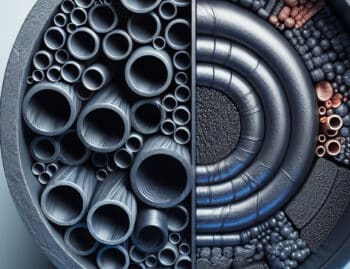
The COVID-19 pandemic threw the world for a loop when it began to spread rapidly in March 2020. The world panicked, and everyone locked themselves indoors to stay safe. This resulted in a bonafide economic recession due to decreased consumer activity. Though small businesses were undoubtedly hit the hardest, hardly any industry was untouched by the economic shockwave of COVID-19. That includes the steel sector. Here’s how the steel industry has been impacted by COVID-19 and how we can expect it to move forward.
Demand for steel has fallen sharply
According to ResearchandMarkets.com, global steel production dropped by 1.4% in the first 3 months of 2020. That’s compared to the same months in 2019. Prior to COVID-19, the US economy was on the rise.
Due to the pandemic, there simply hasn’t been demand for steel. Here are a few reasons why:
Curtailed automotive manufacturing
Automotive manufacturing is one of the biggest sources of demand for steel, seeing as the production of just one car requires 900 kilograms of steel. Like most all industries, automotive manufacturing has slowed down due to the pandemic. Simply put, with the economy in a recession, people aren’t buying cars. IHS Markit expects worldwide vehicle sales to decline 22% this year to 70.3 million units.
Halted construction projects
The same way people aren’t buying cars in the midst of a global pandemic, they aren’t buying property. That means less demand for construction, ergo less demand for steel. According to a survey conducted by McKinsey, US construction output growth in 2020 could range between zero and -8% due to the virus outbreak.
Lower demand from the energy sector
The same goes for the oil and gas sector. Oil prices were already plunging in early March, and they’re now taking an even bigger hit. With fewer cars being sold, products being shipped, and people on the go, there is much less demand for fuel, which means less demand for steel.
What does the future hold?
According to ResearchandMarkets.com, several automotive manufacturers such as Volvo, Toyota, VW, Nissan, and Seat have recently announced plans to begin re-opening factories and restarting vehicle production in the European Union and the United Kingdom.
“We’re seeing prices up off the bottom in mid-April, but some of that is reflective as well, as scrap prices are increasing,” said Carol Cowan, senior vice president at Moody’s covering the U.S. steel industry. “So as we look at the market, certainly, automotive looks to be resuming production at some level, but this is going to take a while to see, and I think it’s a little premature to anticipate anything particularly meaningful.”
It could take at least two to three years, post-COVID, for the steel industry to bounce back to numbers of past years. However, it’s important to consider permanent changes the coronavirus has made to our society. Many industries will shift more and more to work-from-home lifestyles following the massive shift in response to the pandemic. The impact this and other factors will have on the steel sector remains to be seen.
As the world begins to reopen and return to life as normal, the global economy will receive a much-needed shock which will stimulate demand for steel. When this will happen is dependent on the severity of the virus going forward.











